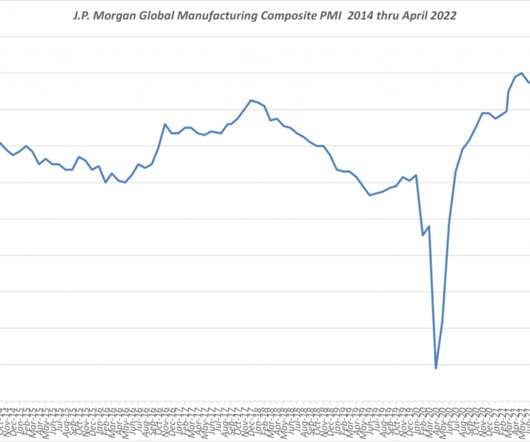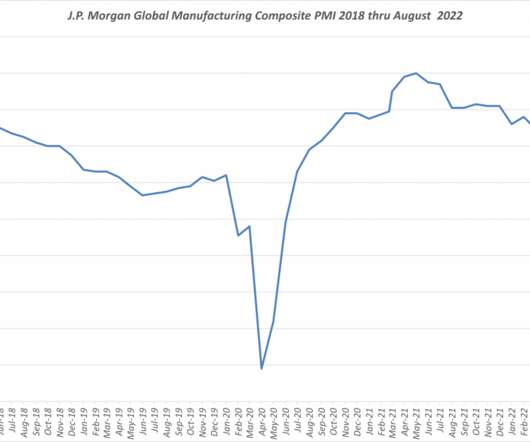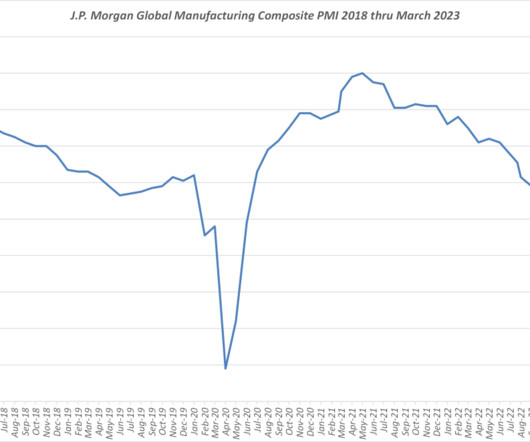How Freight Disrupted Itself: The View From Within A Changing Industry
Freightos
JANUARY 12, 2016
Prior to that, Phil held a variety of other logistics roles in both Germany and the United States. For forwarders, just as the 2009 financial crisis ended, another crisis began. Supply chain volatility, increased procurement vendors, agile manufacturing and an on-demand economy. Then, in November 2015, Phil joined Freightos.















Let's personalize your content